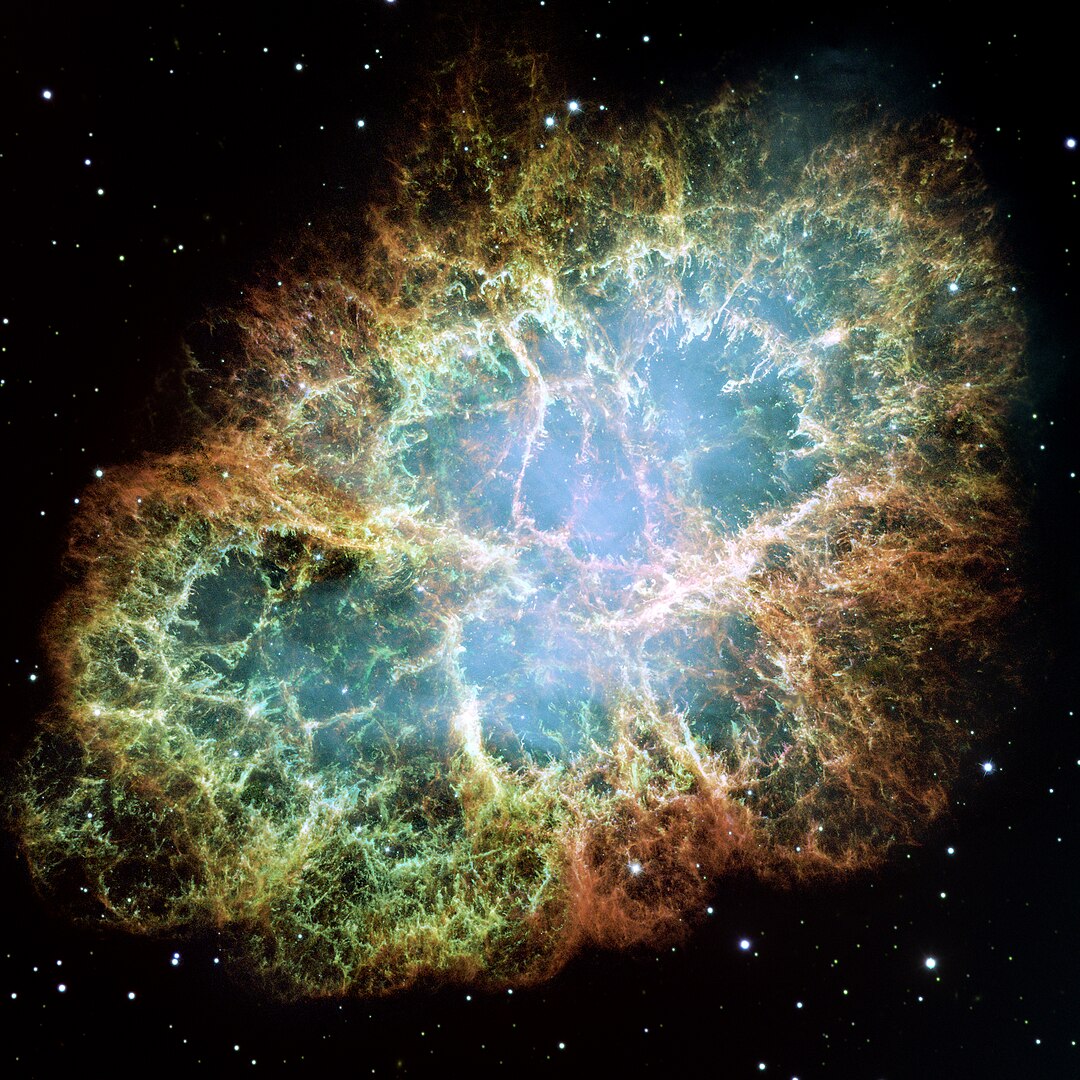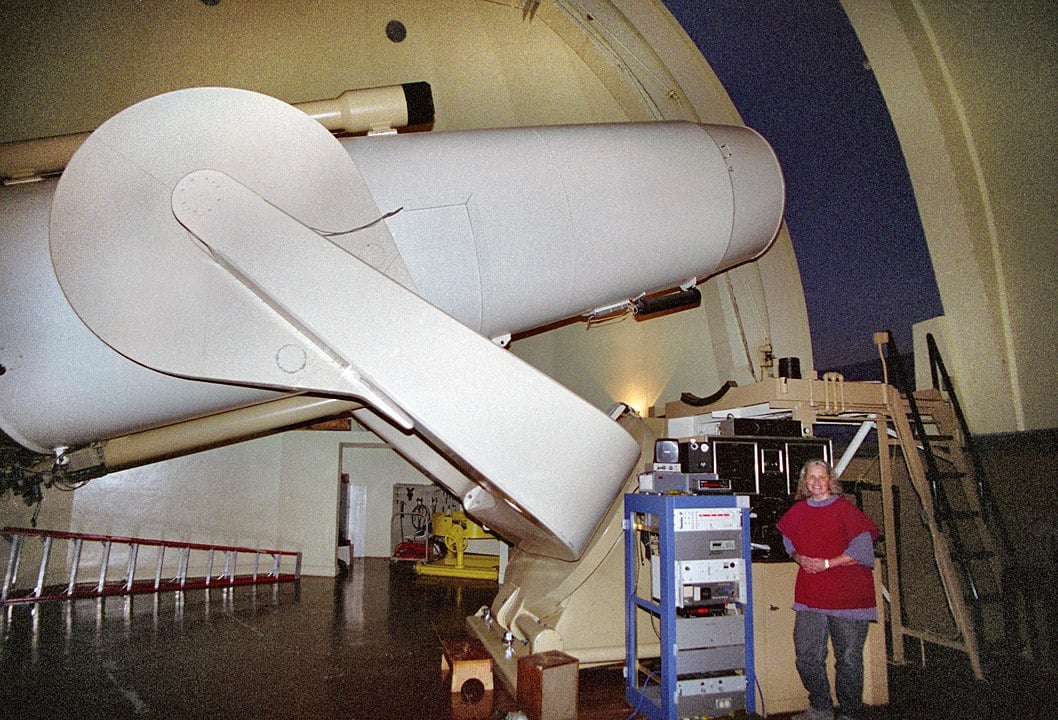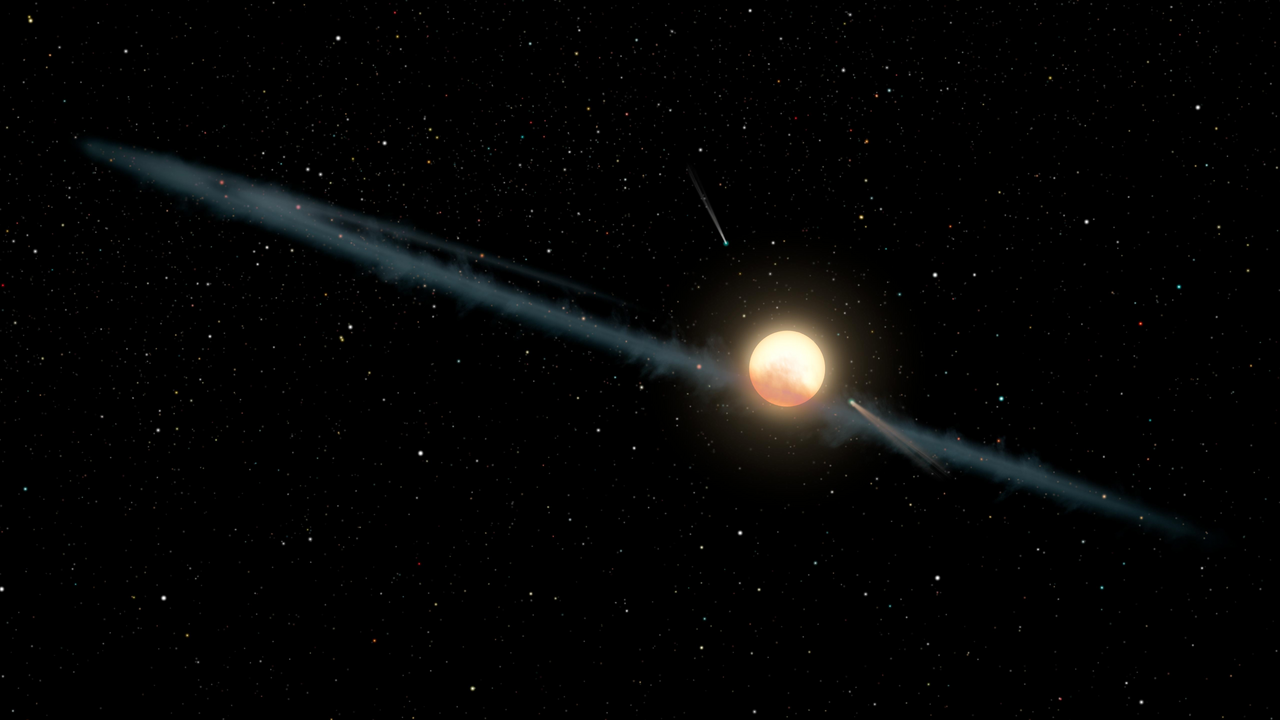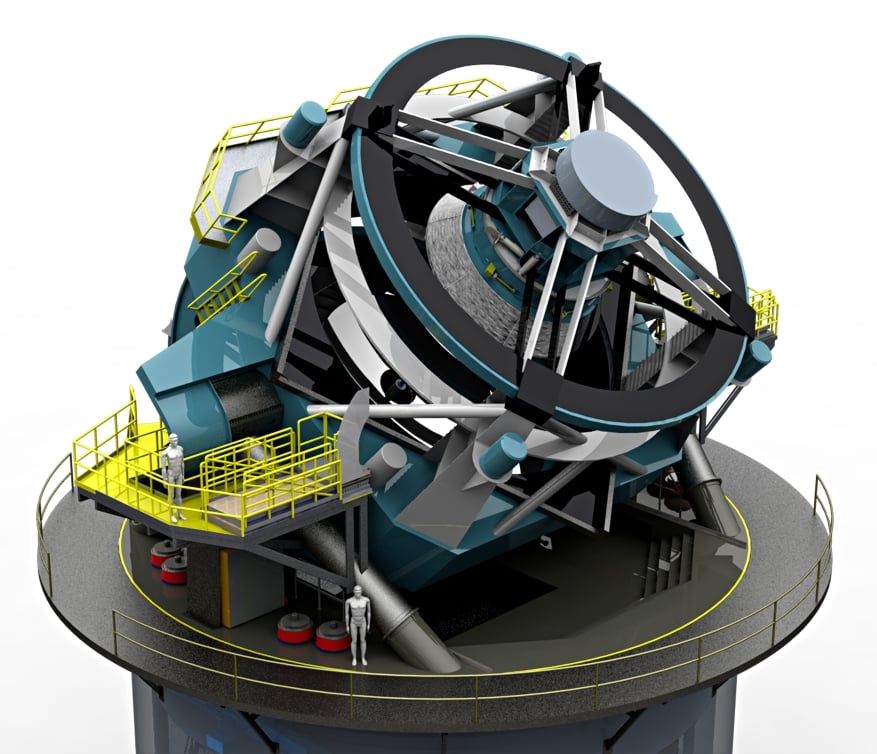Imagine scanning the night sky for signs of alien technology using the same systems that hunt for exploding stars. This is exactly what researchers are now doing, transforming astronomical alert systems originally designed to catch supernovae into powerful tools for detecting potential technosignatures, the evidence of advanced civilisations beyond Earth.
 The Crab Nebula is a supernova remnant in the constellation Taurus (Credit : NASA/ESA)
The Crab Nebula is a supernova remnant in the constellation Taurus (Credit : NASA/ESA)
Every night, the Zwicky Transient Facility (ZTF) generates up to 1 million alerts as it monitors the sky for changing objects. These alerts flow through nine different "alert brokers," which are sophisticated software systems that process and distribute information about anything that brightens, dims, or appears in the sky. The upcoming Legacy Survey of Space and Time (LSST) will increase this volume by an order of magnitude, creating an unprecedented flood of astronomical data.
While these systems were built to catch explosive events like supernovae and track asteroids, a new paper by researchers Eleanor Gallay, James Davenport, and Steve Croft demonstrates their untapped potential for SETI (Search for Extraterrestrial Intelligence). Their work shows how we can repurpose these astronomical systems to search for the subtle signatures that might indicate artificial structures or technologies around distant stars.
 The Samuel Oschin Telescope, part of the Zwicky Transient Facility
The Samuel Oschin Telescope, part of the Zwicky Transient Facility
The inspiration for this approach comes partly from "Boyajian's Star," otherwise known as "Tabby's Star" and with the official designator KIC 8462852, which puzzled astronomers with its mysterious dimming patterns. The researchers note that analysing nearby stars for similar behaviour over time was done in the case of Boyajian's Star, though natural explanations like dust clouds ultimately proved most likely. However, the study highlighted how unusual stellar behaviour could potentially indicate artificial megastructures like Dyson spheres, hypothetical constructs that advanced civilisations might build around their stars.
The new research takes this concept further, creating automated systems to identify "stellar dippers," stars that suddenly and dramatically dim without obvious natural causes. These objects are stars with a historically constant luminosity that drop suddenly in brightness for a reason unexplained by classical stellar variability or other astrophysical phenomena.
 Artist's concept of an "uneven ring of dust" orbiting Tabby's Star (Credit : NASA/JPL-Caltech)
Artist's concept of an "uneven ring of dust" orbiting Tabby's Star (Credit : NASA/JPL-Caltech)
The challenge is immense: filtering millions of nightly alerts to find the handful that might represent something genuinely anomalous. The researchers developed a two-stage approach. First, they use the alert broker's built-in filtering capabilities to narrow down candidates. Then they apply additional analysis using historical data to identify stars showing unprecedented dimming behaviour.
The team has deployed optical SETI techniques, such as planetary transit zone geometries and the SETI Ellipsoid. The SETI Ellipsoid is a particularly clever concept that identifies the zone in space where hypothetical alien observers would have seen Earth transit across the Sun, potentially prompting them to send signals in our direction.
The researchers are honest about current constraints. Though the SETI methods that alert brokers can execute are currently limited, they provide suggestions that may enhance future technosignature and anomaly searches in the era of the Vera C. Rubin Observatory. The existing systems weren't designed with SETI in mind, so some modifications and new approaches will be needed to fully realise their potential.
However, the foundation is solid. Alert brokers already possess sophisticated tools for identifying unusual astronomical events, and the researchers find some SETI projects are possible using features directly in the brokers. The Lasair alert broker, for instance, offers a "watchmap" feature that can monitor specific regions of sky for anomalous signals.
As the Vera C. Rubin Observatory comes online with LSST, the volume of astronomical alerts will increase dramatically. This creates both opportunities and challenges for technosignature research. More data means better chances of catching rare, anomalous events, but it also means developing even more sophisticated filtering techniques to avoid being overwhelmed.
 Artist impression of the completed LSST (Credit : LSST Project Office)
Artist impression of the completed LSST (Credit : LSST Project Office)
The researchers' work represents a sensible approach to SETI that uses existing infrastructure rather than requiring dedicated alien hunting telescopes. By utilising systems already scanning the entire visible sky every few nights, they're essentially getting a free ride on one of the most comprehensive surveillance networks ever pointed at the sky.
The team concludes that their initial results make clear the promising opportunity for future anomaly and technosignature searches using alert brokers on data from ZTF and the upcoming LSST. While we shouldn't expect to find alien megastructures next week, this research establishes the groundwork for a new generation of SETI that could operate continuously, scanning millions of stars for the signs that we are not alone in the universe.
Source : Technosignature Searches with Real-time Alert Brokers

